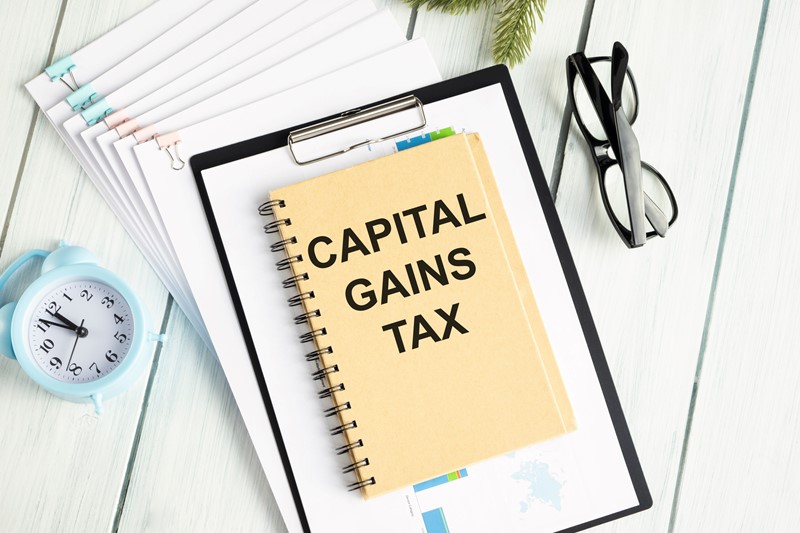Separation and divorce can create tax implications, particularly Capital Gains Tax (CGT) on asset transfers. New rules from April 2023 extend the ‘no gain/no loss’ period, helping spouses manage tax efficiently. Private Residence Relief may also apply.
When a couple separate or divorce, their focus is typically directed towards the emotional and practical aspects of the process. However, it is essential to recognise that alongside the emotional challenges, there are significant tax considerations that can arise from the transfer of assets. These tax implications, if not properly managed, can lead to unintended financial consequences for one or both parties involved.
One of the key tax issues that arises during separation or divorce pertains to the application of Capital Gains Tax (CGT) on the transfer of assets between spouses or civil partners. Notably, the CGT rules that govern disposals of assets during separation and divorce underwent significant amendments for transactions occurring on or after 6 April 2023. Under the revised regulations, the period within which separating spouses and civil partners can transfer assets on a 'no gain/no loss' basis was extended to up to three years from the date they cease living together. An unlimited period for making such transfers is allowed if the assets in question are covered by a formal divorce agreement, ensuring that no immediate CGT liabilities arise.
In addition to the revised CGT provisions, there are specific rules that apply to individuals who continue to hold a financial interest in the family home following separation. These rules are particularly relevant when the home is eventually sold. In such instances, individuals may be eligible to claim Private Residence Relief (PRR), which can exempt them from paying CGT on the sale of the property, provided it meets certain qualifying criteria.
In the midst of divorce proceedings, it is also crucial for both parties to consider reaching a financial settlement that is as mutually agreeable as possible. In situations where the couple is unable to reach an amicable financial agreement, the court may intervene to issue a 'financial order.' This legal order will outline the distribution of assets, financial support, and any other relevant arrangements.









